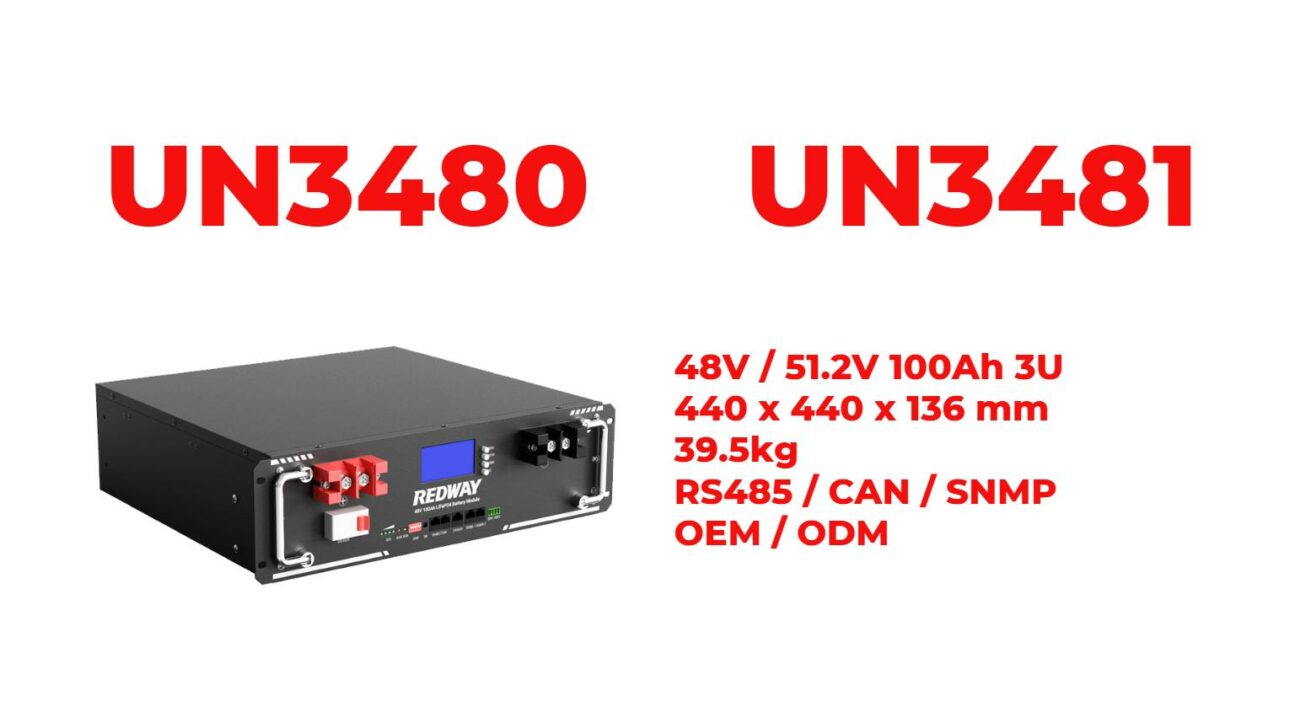Is It OK to Charge LiFePO4 Batteries to 100%?
Charging lithium iron phosphate (LiFePO4) batteries to 100% is generally acceptable, but it is not always recommended for regular use. While these batteries can handle full charges without immediate risk, frequently doing so may reduce their overall lifespan. For optimal performance, it’s advisable to charge them between 80% and 90% most of the time.
What are the effects of charging LiFePO4 batteries to 100%?
Charging a LiFePO4 battery to its maximum capacity (100%) can lead to several effects:
- Cell Balancing: Occasionally charging to full capacity can help balance individual cells within the battery pack.
- Slight Capacity Loss: Regularly charging to 100% may contribute to a gradual decline in capacity over time.
- Thermal Stress: Although LiFePO4 batteries have good thermal stability, consistently reaching full charge can lead to heat buildup, which could stress the cells.
Chart: Effects of Charging LiFePO4 Batteries
| Charging Level | Effect on Battery |
|---|---|
| 80%-90% | Optimal performance and longevity |
| 100% | Helps balance cells; slight capacity loss |
| Overcharging | Potential thermal stress |
How does charging to full capacity impact battery lifespan?
Charging a LiFePO4 battery to full capacity can shorten its lifespan if done frequently. While these batteries are designed to tolerate full charges, maintaining a charge level between 80% and 90% is recommended for regular use. This practice minimizes wear on the battery’s internal components and helps preserve its cycle life.
What are the recommended charging practices for LiFePO4 batteries?
To maximize the lifespan and performance of LiFePO4 batteries, consider these best practices:
- Charge Between 80%-90%: Regularly charge your battery within this range for optimal health.
- Use Appropriate Chargers: Always use chargers specifically designed for LiFePO4 chemistry, as they provide the correct voltage and current settings.
- Monitor Temperature: Ensure that the battery is charged within a safe temperature range (typically between 0°C and 45°C) to prevent overheating.
Chart: Recommended Charging Practices
| Practice | Description |
|---|---|
| Charge Level | Maintain between 80%-90% |
| Charger Type | Use chargers designed for LiFePO4 |
| Temperature Monitoring | Charge within safe temperature ranges |
Why is it important to avoid overcharging?
Overcharging can lead to several issues:
- Reduced Lifespan: Consistently overcharging may degrade the chemical composition of the battery, resulting in a shorter lifespan.
- Thermal Runaway Risk: Although less likely with LiFePO4, excessive heat from overcharging can potentially lead to thermal runaway in extreme cases.
- Safety Hazards: Overcharging increases risks associated with swelling or leakage, which can pose safety hazards.
What safety features do LiFePO4 batteries have?
LiFePO4 batteries come equipped with several built-in safety features:
- Thermal Stability: They exhibit excellent thermal stability compared to other lithium-ion chemistries, reducing fire risk.
- Battery Management System (BMS): Most LiFePO4 batteries include a BMS that prevents overcharging and monitors cell health.
- Short Circuit Protection: Safety mechanisms detect and prevent short circuits, enhancing overall safety during operation.
Industrial News
Recent advancements in battery technology have focused on improving the safety and longevity of lithium iron phosphate (LiFePO4) batteries. Manufacturers are implementing more sophisticated Battery Management Systems (BMS) that enhance monitoring capabilities and provide better protection against overcharging and overheating. These developments aim to make LiFePO4 batteries even more reliable for applications in electric vehicles, renewable energy storage, and portable electronics.
Expert Views
“Charging practices significantly influence the performance and longevity of lithium iron phosphate batteries,” says Dr. Emily Chen, an expert in energy storage technologies. “While it’s safe to charge them fully occasionally, keeping them at around 80%-90% will help maximize their lifespan and efficiency.”
FAQ Section
Is it safe to charge a LiFePO4 battery to 100%?
Yes, it’s generally safe but not recommended for regular use; charging between 80%-90% is better for longevity.
What happens if I consistently charge my LiFePO4 battery fully?
Frequent full charges may lead to reduced lifespan due to slight capacity loss and potential thermal stress.
Can I use any charger for my LiFePO4 battery?
No, always use chargers specifically designed for LiFePO4 batteries to ensure safe and effective charging.
How often should I check my battery’s temperature while charging?
It’s good practice to monitor temperature during charging, especially if you’re using it in extreme conditions or high-load situations.

